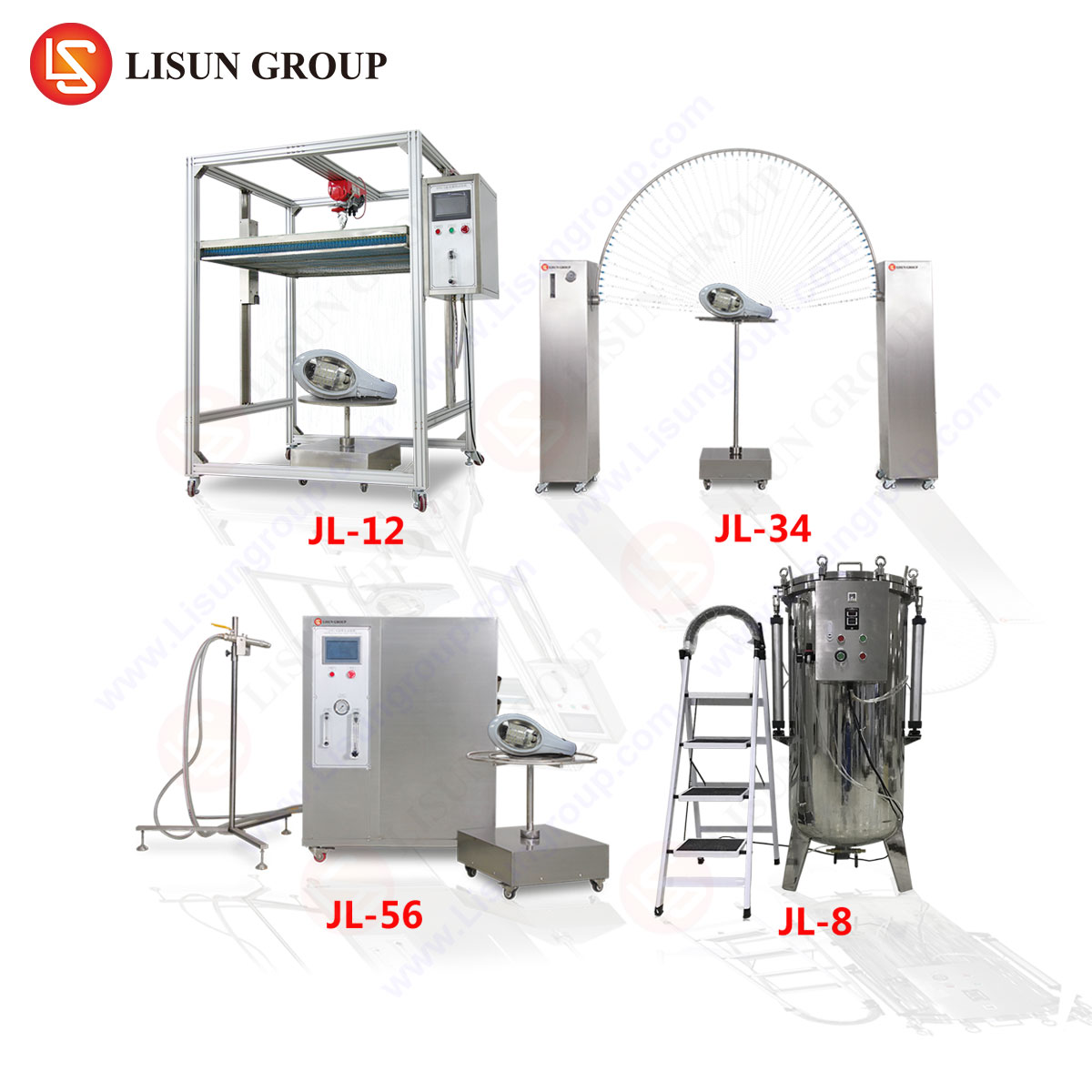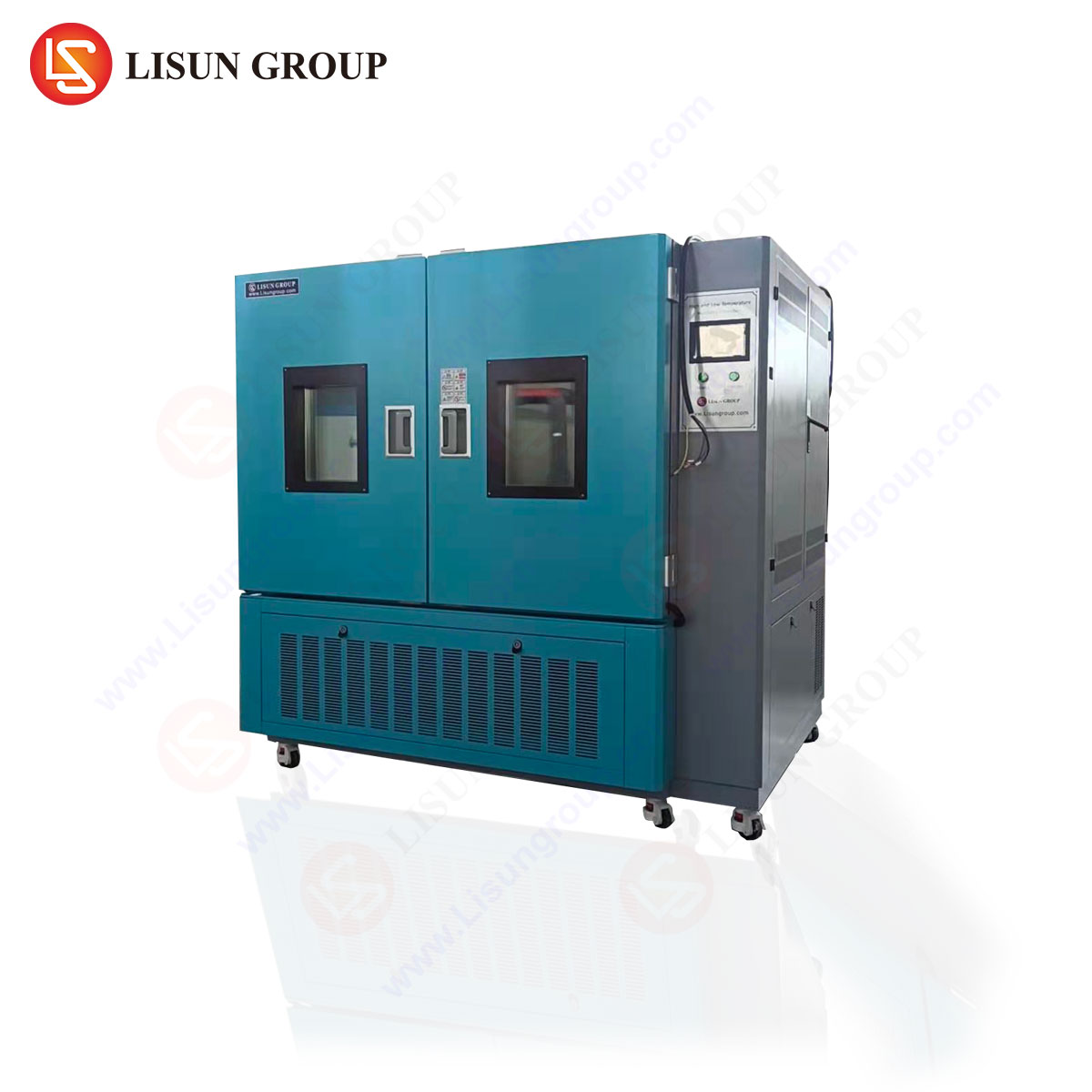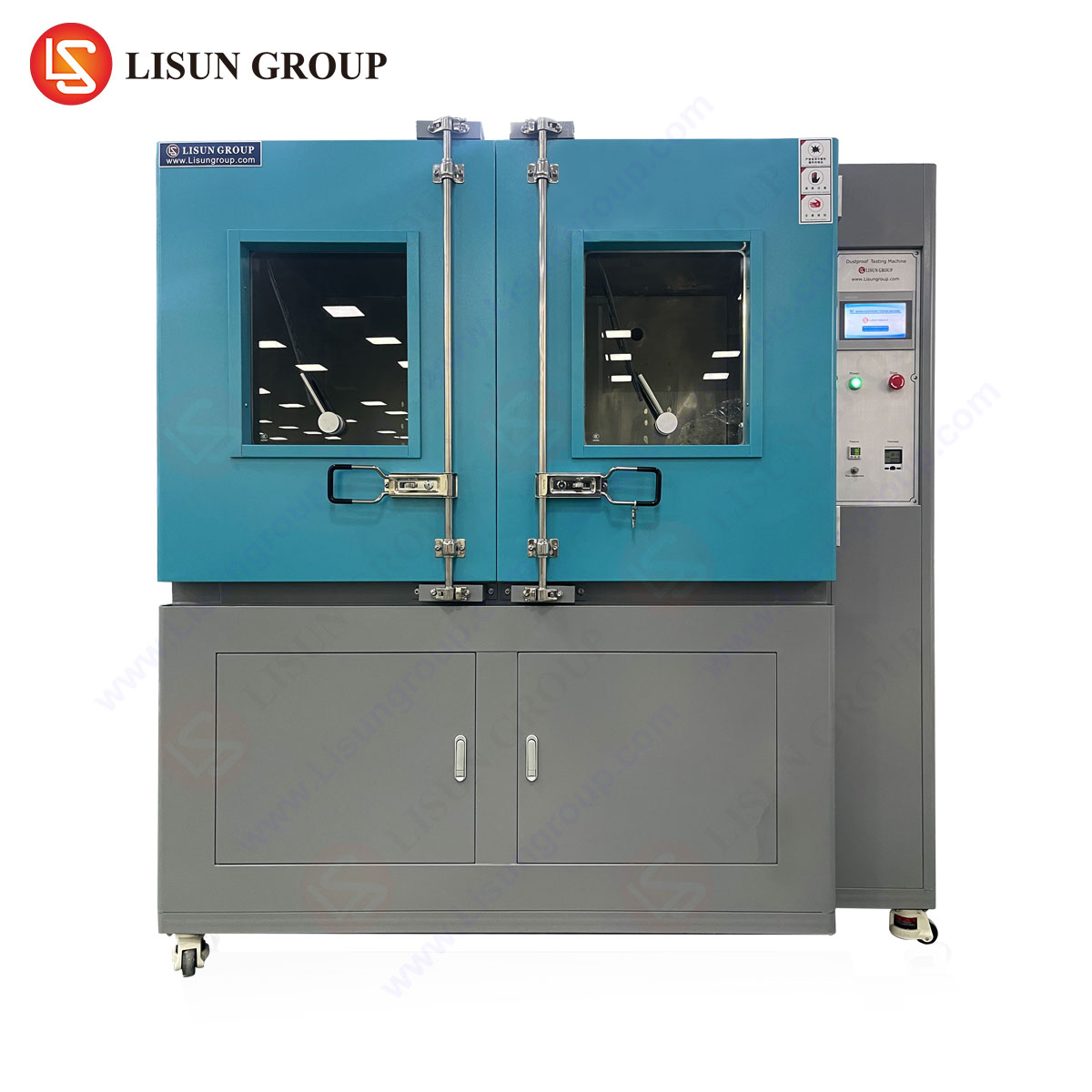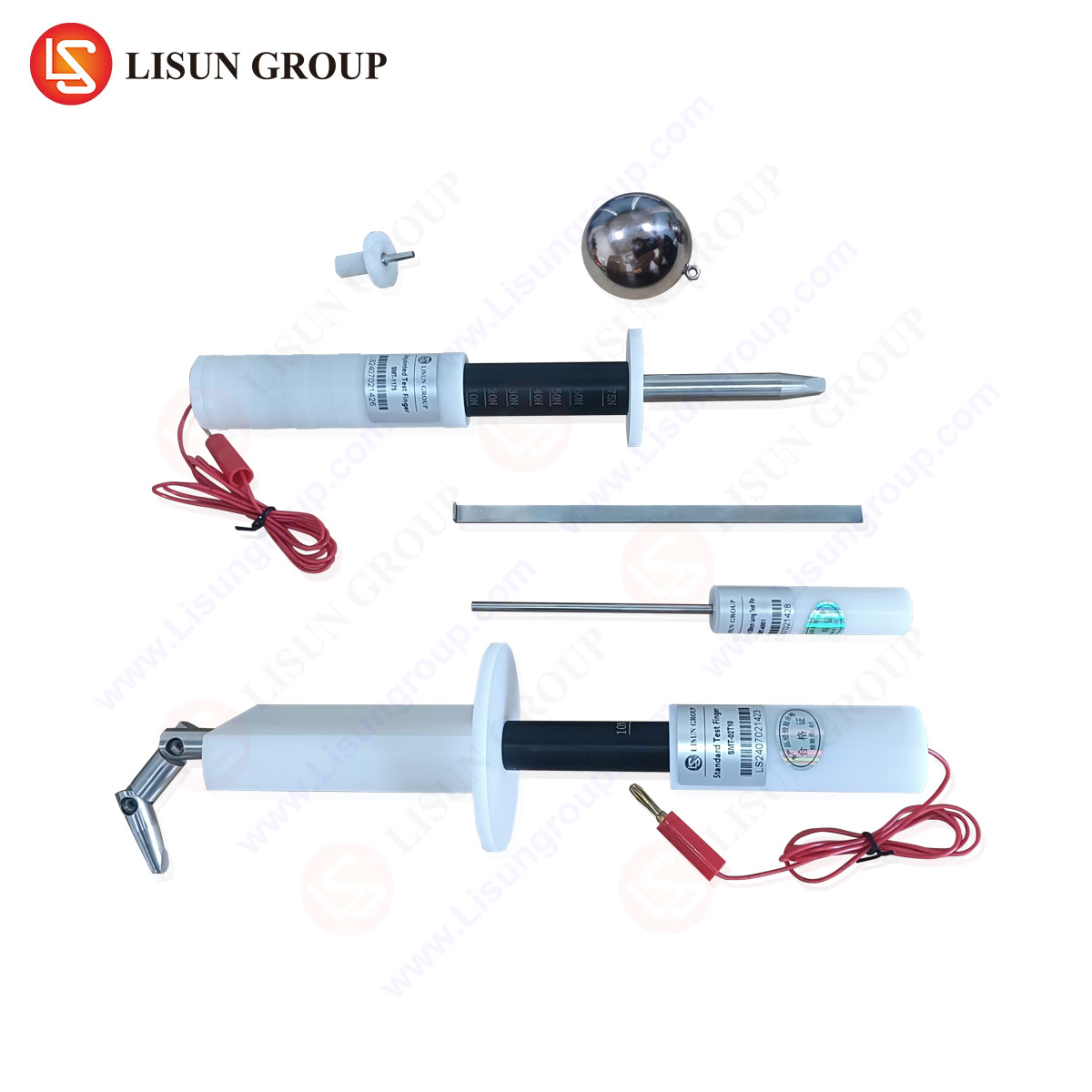Introduction to Compliance Testing for CEE7 C2 Connectors
The standardization of electrical connectors ensures interoperability, safety, and reliability across international markets. Among the most widely adopted configurations are the 10/16A 250V two-pole socket-outlets and two-pole plugs with pin-type earthing-contact, conforming to the CEE7 C2 standard. Compliance with dimensional and mechanical specifications is critical to prevent misalignment, overheating, or electrical faults. LISUN Gauges for Plugs and Sockets provide a precise and repeatable method for verifying conformity, ensuring adherence to IEC 60083 and related regional standards.
This article examines the design principles, testing methodologies, and industrial applications of LISUN Gauges, emphasizing their role in validating CEE7 C2-compliant components.
Dimensional and Mechanical Specifications of CEE7 C2 Connectors
The CEE7 C2 standard defines strict geometric tolerances for plug and socket interfaces, including:
- Pin Diameter and Spacing: The live and neutral pins must measure 4.8 mm ± 0.05 mm in diameter, with a center-to-center spacing of 19 mm ± 0.1 mm. The earthing pin diameter is 4.8 mm ± 0.05 mm, offset at a 60° angle relative to the phase pins.
- Insertion Depth and Force: The plug must engage fully within the socket, with a minimum insertion depth of 10 mm. Insertion force should not exceed 50 N to prevent mechanical strain.
- Contact Pressure: The socket contacts must exert a minimum retention force of 1.5 N per pin to ensure stable electrical connection.
LISUN Gauges replicate these specifications with micron-level precision, enabling manufacturers to verify compliance before mass production.
Functional Testing Principles for CEE7 C2 Gauges
LISUN Gauges employ a multi-stage validation process to assess plug and socket compatibility:
- Go/No-Go Testing: A plug gauge (Go) must insert smoothly into the socket, while an oversized gauge (No-Go) must be rejected to confirm dimensional limits.
- Earthing Contact Verification: A dedicated pin gauge ensures proper alignment and depth of the earthing contact.
- Mechanical Endurance Simulation: Repeated insertion/extraction cycles (≥10,000) evaluate wear resistance and long-term reliability.
These tests align with IEC 60884-1, which mandates mechanical, electrical, and thermal performance criteria for household plugs and sockets.
Industry Applications and Compliance Challenges
Manufacturers of CEE7 C2 plugs and sockets face several compliance challenges:
- Interchangeability: Non-standardized components may fail to mate with competitor products, leading to safety recalls.
- Thermal Performance: Poor contact alignment increases resistance, causing localized heating and potential fire hazards.
- Regional Variations: While CEE7 C2 is prevalent in Europe, slight deviations exist in national implementations (e.g., France’s NF C 61-314).
LISUN Gauges mitigate these risks by providing a universal validation tool compatible with multiple regional standards. Their modular design accommodates both 10A and 16A variants, reducing the need for redundant testing equipment.
Comparative Analysis of Plug and Socket Testing Solutions
Several gauge manufacturers offer compliance tools for CEE7 C2 connectors, but LISUN distinguishes itself through:
- Material Durability: Hardened stainless steel construction resists deformation after prolonged use.
- Automated Compatibility: Integration with robotic test rigs enables high-throughput quality control.
- Traceability: Each gauge is laser-marked with a serial number and calibration certificate for audit compliance.
Competitive alternatives often lack modularity, requiring separate gauges for 10A and 16A configurations. LISUN’s unified design streamlines inventory management and reduces procurement costs.
Case Study: Implementing LISUN Gauges in Production Lines
A European socket manufacturer integrated LISUN Gauges into their quality assurance workflow, resulting in:
- A 22% reduction in field failures due to improved dimensional accuracy.
- Compliance with EN 50075 and IEC 60083 without additional rework.
- Faster production line validation, reducing testing time per unit by 35%.
These metrics underscore the operational advantages of precision gauging in high-volume manufacturing.
Regulatory Standards and Future Developments
The CEE7 C2 standard is periodically revised to address emerging safety concerns. Recent updates include:
- Enhanced requirements for arc resistance in high-current applications (16A).
- Stricter tolerances for pin concentricity to prevent partial insertion.
LISUN Gauges are updated in tandem with regulatory changes, ensuring continued compliance. Future iterations may incorporate smart sensors for real-time data logging, further enhancing quality assurance.
FAQ Section
Q1: What is the tolerance range for pin diameter in CEE7 C2 plugs?
A1: The live, neutral, and earthing pins must measure 4.8 mm ± 0.05 mm in diameter.
Q2: How does LISUN ensure gauge accuracy over time?
A2: Each gauge undergoes periodic recalibration against NIST-traceable reference standards, with wear limits specified in the product documentation.
Q3: Can LISUN Gauges test both 10A and 16A variants?
A3: Yes, the modular design accommodates both current ratings without requiring separate tools.
Q4: What standards govern the mechanical testing of CEE7 C2 sockets?
A4: IEC 60884-1 and EN 50075 define the mechanical, electrical, and thermal test requirements.
Q5: Are LISUN Gauges compatible with automated test systems?
A5: Yes, they are designed for integration with robotic QA systems, supporting high-speed production line validation.







